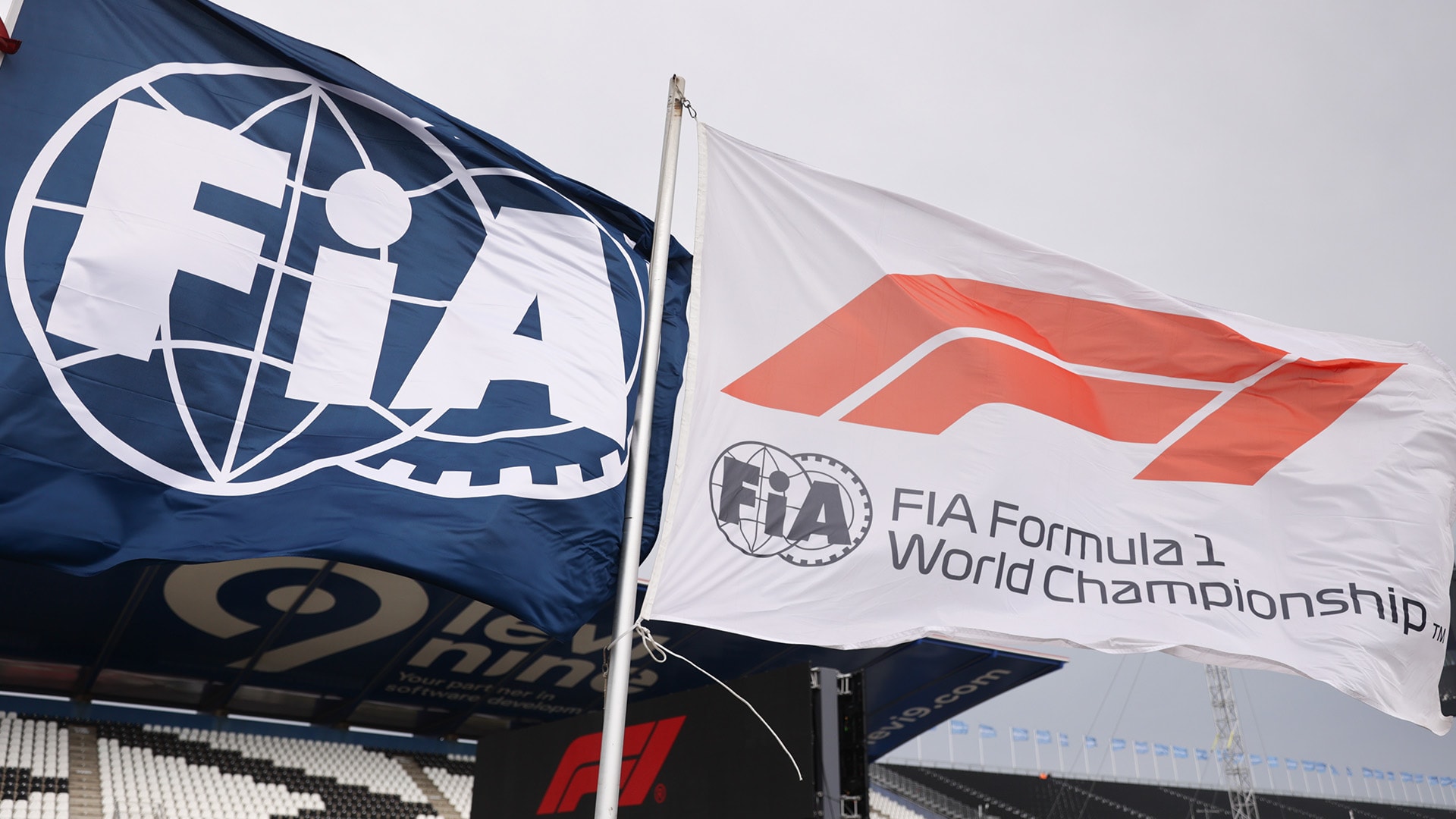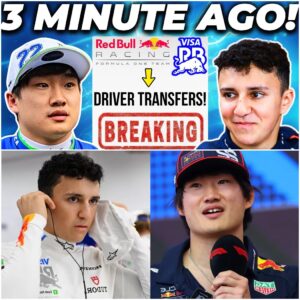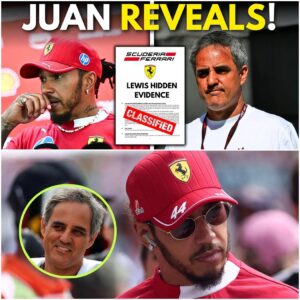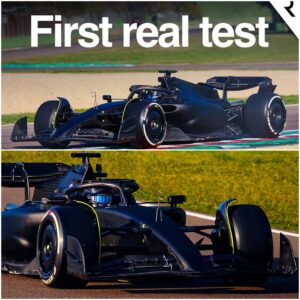The roar of Formula 1 engines is universally thrilling, but lately, the racing itself has often felt more like a whisper. Despite the promise of the 2022 ground effect regulations—intended to slash ‘dirty air’ and usher in an era of nose-to-tail battles—many Grand Prix events have dissolved into predictable, processional affairs. Drivers, incentivized to manage their fragile rubber over grueling distances, often prioritize tire preservation over thrilling wheel-to-wheel combat, leading to races effectively decided on Saturday’s qualifying or, at best, the first lap. As the 2025 season draws to a close, a palpable frustration hangs in the air, a sense that the sport, despite its engineering marvels, has strayed from its core excitement.
The FIA (Fédération Internationale de l’Automobile) and Formula 1 management recognize this existential threat to the spectacle. The sport demands racing for two hours, not two minutes, and in response, a dual-pronged strategy of immediate intervention and long-term revolution is being executed. These are not mere tweaks; they are shockwaves designed to fundamentally reshape the F1 landscape, affecting everything from immediate race strategy to the visual identity of the cars themselves. The message is clear: the era of cautious, compromised racing is being challenged, and a new future—one prioritizing action, unpredictability, and spectacle—is being mandated.

The Immediate Crisis: Safety, Strategy, and the Qatar Grand Prix Mandate
The first, and most urgent, rule change is a dramatic, one-off intervention for the upcoming Qatar Grand Prix at the Losail International Circuit. Scheduled as the penultimate race of the season, the event is set to be a crucible of pressure, heat, and competitive tension, but it’s the unforgiving track surface that has forced the hand of the sport’s governing body and its sole tire supplier, Pirelli.
Losail is a brutal circuit, a relentless gauntlet of medium-to-high speed corners that subject the tires to some of the highest lateral energy loadings on the entire calendar. Previous encounters have been fraught with danger. In the inaugural 2021 race, several drivers were victims of dangerous tire blowouts, a terrifying demonstration of the extreme forces at play. The return in 2023 was no less alarming; despite changes to the track’s curbs, Pirelli discovered signs of severe structural fatigue and damage to the tires’ sidewalls, which are normally the most robust part of the construction. In that instance, an 18-lap maximum stint limit had to be imposed mid-weekend, requiring an unprecedented three pit stops.
For the 2025 event, Pirelli has preemptively acted to ensure safety and prevent a disastrous repeat. Drivers will be forced to make a minimum of two pit stops during the 57-lap Grand Prix, with a non-negotiable maximum stint length of 25 laps set for all tire compounds.
This mandate, while borne from a necessary safety precaution due to the track’s specific, punishing characteristics, delivers an exhilarating, unintended consequence: it unlocks the racing potential that has been dormant in the current regulations.
Crucially, with a maximum stint length now firmly dictated, the entire philosophy of tire management flips on its head. Drivers are no longer required to nurse their tires through 35, 40, or even 45 laps of agonizingly slow, gentle running. Instead, they have been given a 25-lap ultimatum: push to the absolute limit.
This fundamental shift encourages aggression, rewards bravery, and creates the close-quarters, high-speed battles fans crave. The pit wall can no longer demand a driver hit a ridiculous tire-saving delta; the instruction is simple: “Give it your absolute best for 25 laps.” This rule change injects tactical uncertainty and encourages drivers to chase overtakes knowing they have fresh rubber coming soon, transforming the Grand Prix from a tedious calculation into an adrenaline-fueled sprint.
Furthermore, the Qatar event is a Sprint weekend, adding another layer of strategic complexity. Teams will be supplied with limited sets of hard, medium, and soft tires, and the 19-lap Sprint race, which does not require a stop, could see teams making bold, starved tire choices. The prospect of drivers running the hardest compound in the Sprint with no real-world free practice data on its performance over that distance introduces a chaotic element of risk, ensuring that the results are far from predetermined and guaranteeing a spectacle for the audience.

The Battle for Identity: F1’s Carbon Fiber Crisis and the Return of Color
While the mandatory pit stops address the immediate performance and safety concerns, the FIA has also turned its attention to a far more aesthetic, yet equally important, issue that has plagued the sport’s visual identity: the vanishing livery.
For years, F1 teams have been engaged in an extreme, grams-saving battle to reduce the overall weight of their cars. The most cost-effective and immediate way to achieve this has been to strip away the paint, leaving large expanses of the black, raw carbon fiber weave visible on the bodywork.
This pursuit of marginal performance gains has led to a visual crisis. From certain angles, and especially on television broadcasts, a majority of the grid now features 75% bare carbon fiber surfaces. Iconic team colors and unique liveries—which for decades have defined the emotional connection between fans and teams—have been sacrificed, rendering many cars visually indistinguishable and making it difficult for casual viewers to follow the action, particularly during the close-quarters of the opening lap. The “featureless carbon fiber monstrosity” look has become a regrettable trend, damaging the sport’s marketable image and sacrificing its visual personality.
Responding directly to this widely criticized aesthetic monotony, the FIA’s Formula 1 Commission has agreed upon a revolutionary new rule for the 2026 season. The mandate is clear: all cars will be required to have a minimum of 55% of the surface area (when viewed from the side or above) covered by painted or stickered liveries.
The objective is unambiguous: to increase visual differentiation between cars and restore the vibrant, distinctive identities of the ten teams. While this rule has “absolutely zero effect on the actual racing” dynamics, its impact on fan engagement, brand visibility, and the general spectacle of F1 is enormous. It promises the return of the iconic, colorful liveries that define the sport’s history and character, reintroducing a layer of visual drama that has been sorely missed. Though we will have to wait until early next year for the highly anticipated livery reveals, more color and undeniable personality are guaranteed on the grid, ensuring that the F1 spectacle is as visually captivating as it is technologically advanced.

The Horizon: The Future of Two-Stop Racing
Beyond the immediate Qatar fix and the 2026 livery mandate, the discussions at the FIA Commission meeting also revolved around an even more radical, long-term proposal: the implementation of mandatory two pit stops for every Grand Prix starting in the 2026 season. The discussion included adjustments to tire specifications, limits on tire life, and the potential use of three different compounds during a race.
This proposal is born out of the consensus that two-stop races are inherently more thrilling and strategically rich than the prevalent one-stop races. The Monaco Grand Prix earlier in the year, which effectively mandated a two-stop strategy due to conditions, was cited as an example of how increased strategy opens up the racing, forcing teams to make dynamic, unpredictable decisions. The upcoming forced two-stop in Qatar will serve as a high-stakes real-world trial of this concept under extreme pressure.
However, despite the evident benefits to the spectacle, no immediate decision was made regarding a blanket two-stop rule for 2026. The FIA has prudently chosen to wait and see, agreeing that talks will continue during the 2026 season.
The reason for this cautious approach is simple: the 2026 season represents the most monumental change to F1 regulations in the history of the sport, ushering in a completely new era of power units, chassis, and aerodynamic rules. To impose another seismic shift, such as mandatory two-stops, before the on-track reality of the new cars is established would be a significant risk. It is a sensible, measured response to wait and assess how the new generation of cars perform, how the racing evolves naturally under the revised rules, and only then, if the racing remains stubbornly processional, implement the mandatory pit stop rule to force action.
The combined effect of these changes—the immediate, electrifying chaos injected into the Qatar race, the mandated return of vibrant, recognizable car designs for the long term, and the continuous push for a permanent two-stop strategic landscape—signal a defiant stance by the FIA. The governing body is actively battling the unintended consequences of its own regulations, determined to ensure that Formula 1 remains a true spectacle. The era of processional racing is under siege, and whether through shock mandates or aesthetic revolutions, the mission to bring back exhilarating, unpredictable, and visually stunning wheel-to-wheel combat is now fully underway.





